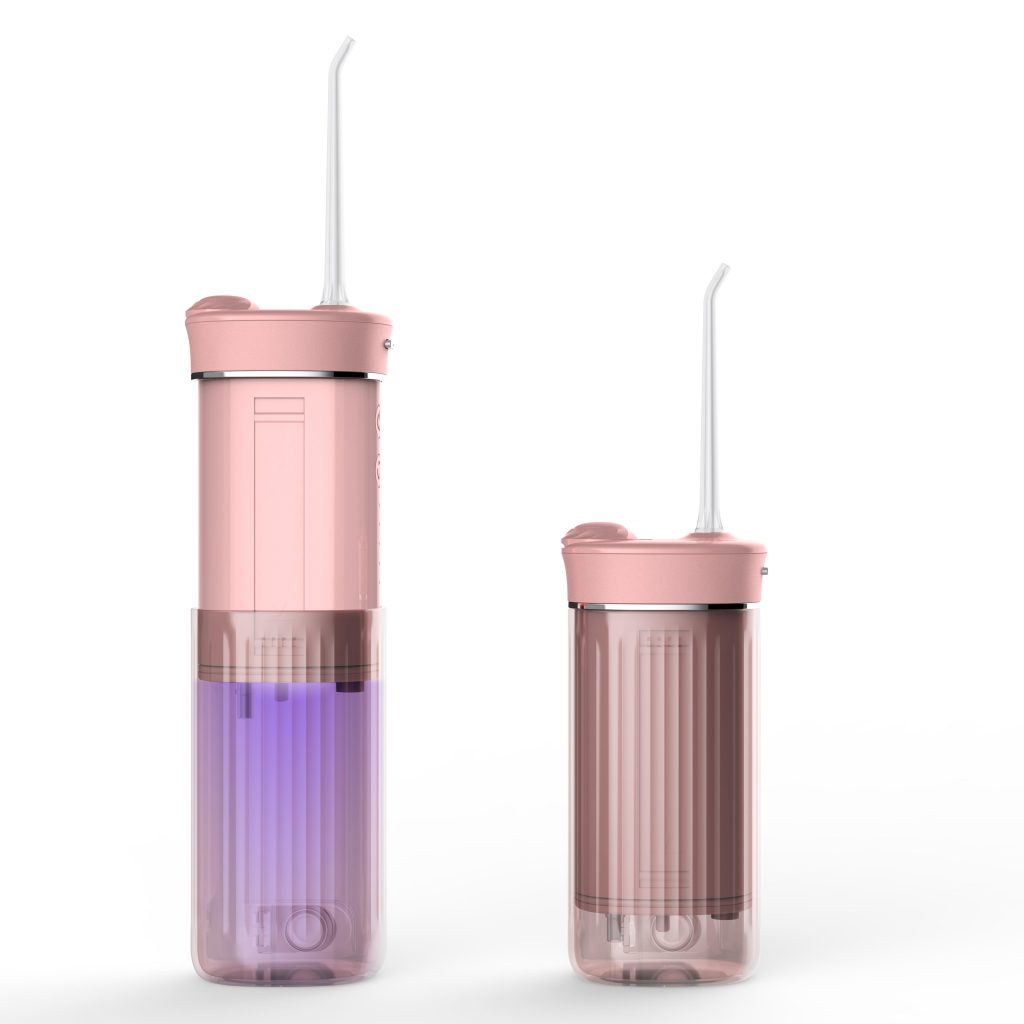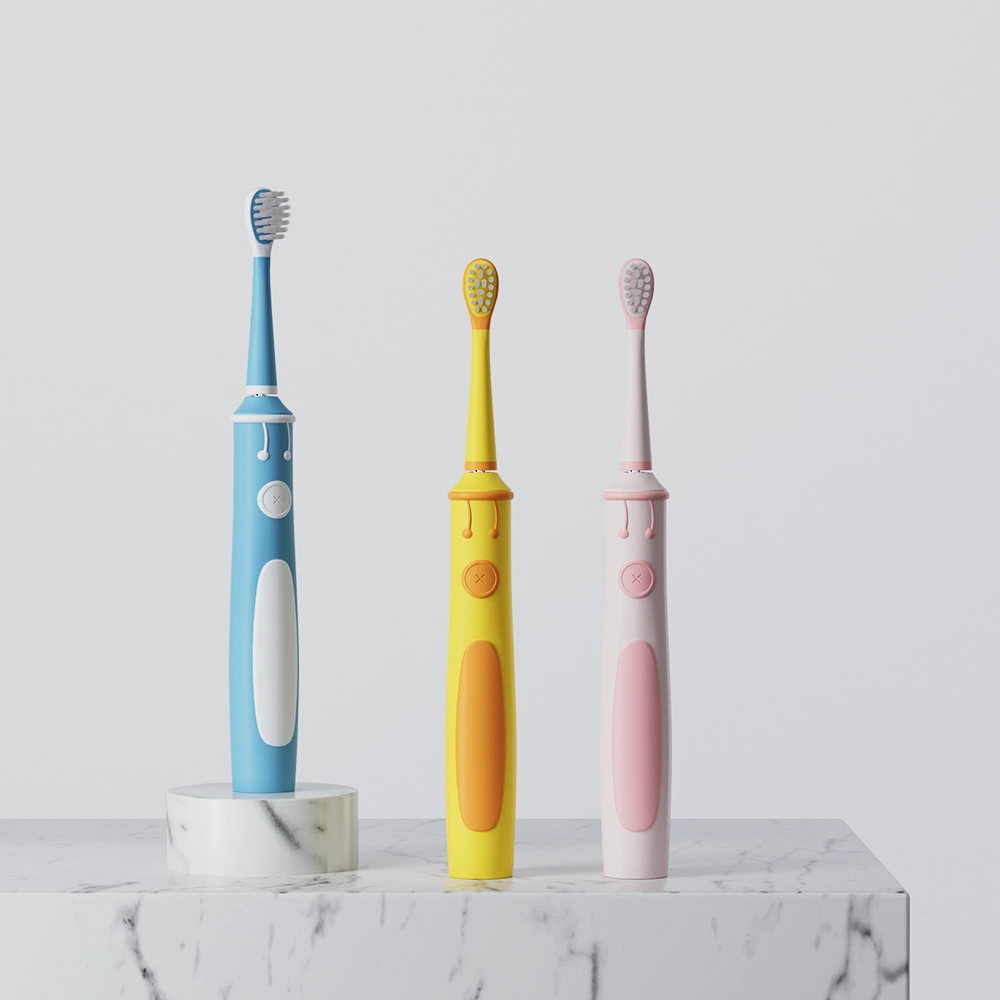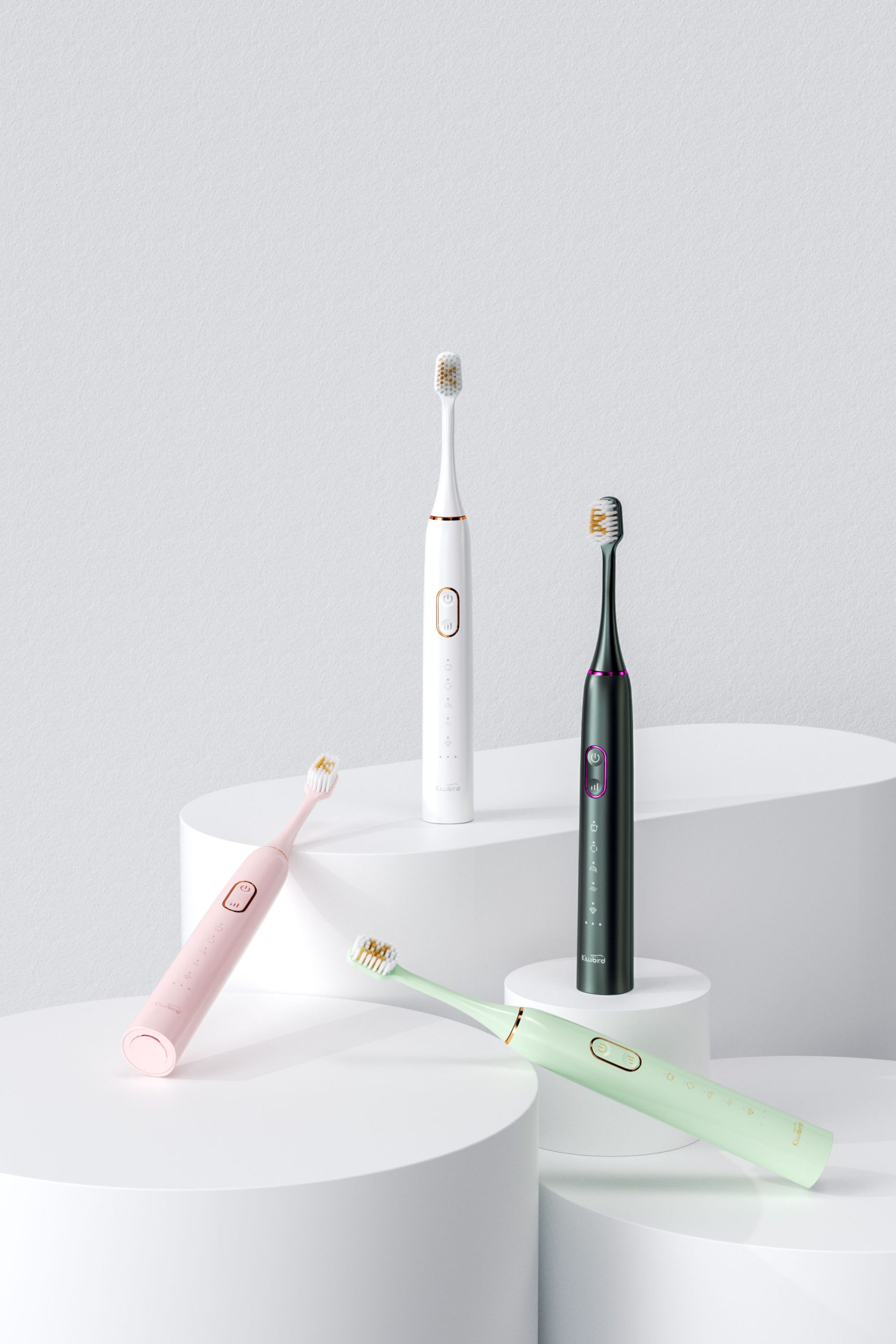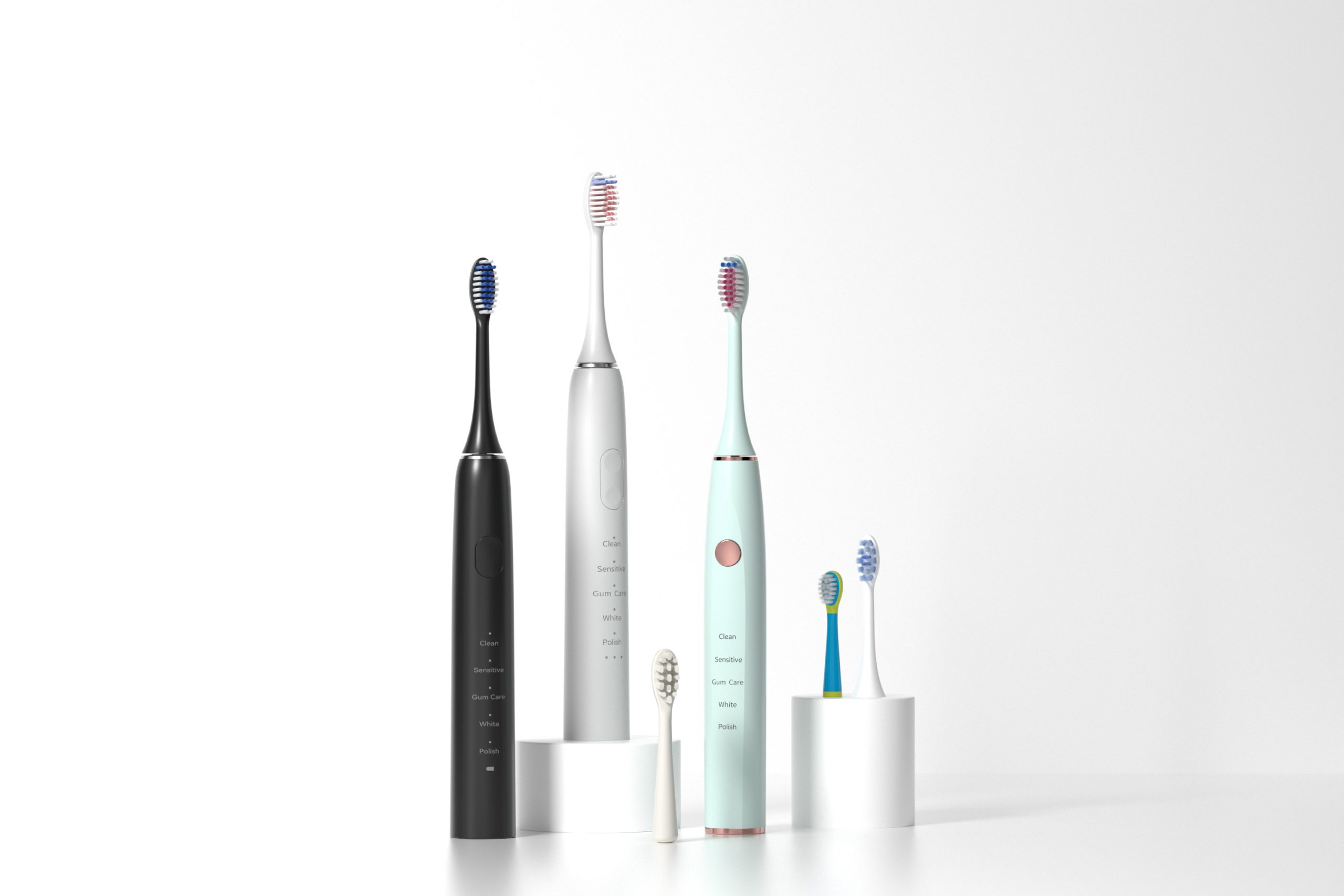In the highly competitive world of oral care device manufacturing, ensuring product comfort and safety is essential to maintaining brand credibility and customer satisfaction. Two critical factors that directly impact user experience are Tooth Sensitivity and Unstable Vibration. When a sonic toothbrush exhibits inconsistent vibration patterns, it may not only reduce cleaning efficiency but also exacerbate tooth sensitivity issues for end-users. This article explores how these factors are interrelated and what manufacturers must consider to mitigate potential risks.
Tooth Sensitivity refers to discomfort or pain that occurs when teeth are exposed to certain stimuli such as cold, heat, pressure, or vibrations. Users with enamel erosion, gum recession, or exposed dentin are particularly vulnerable to this problem. For these individuals, even standard oral care routines can trigger unpleasant sensations if not carefully managed by the product design.
Sonic toothbrushes are designed to deliver high-frequency vibrations for effective plaque removal. However, when these vibrations become Unstable, they may deliver uneven forces to the tooth surface, contributing to microscopic enamel wear or nerve irritation, ultimately worsening Tooth Sensitivity.
Unstable Vibration in toothbrushes usually stems from design or production flaws such as:
Such instability not only compromises cleaning effectiveness but also transmits unwanted shocks or stress to sensitive tooth areas.Company web:https://www.powsmart.com/product/electric-toothbrush/
When vibration patterns are inconsistent:
For users with pre-existing sensitivity, these effects can significantly worsen symptoms, leading to pain, reluctance to use the product, and negative feedback to the brand.
When customers experience discomfort from a sonic toothbrush due to Unstable Vibration, their trust in the product—and by extension the brand—declines rapidly. Negative online reviews, product returns, and warranty claims may increase. In professional B2B scenarios, such failures can harm partnerships with dental care providers and distribution channels.
Furthermore, regulatory bodies in certain regions may mandate product recalls or redesigns if instability-induced Tooth Sensitivity complaints become widespread, increasing costs and damaging market reputation.
To prevent Unstable Vibration and protect against Tooth Sensitivity, manufacturers should focus on:
In today’s demanding oral care market, manufacturers cannot afford to overlook the relationship between Unstable Vibration and Tooth Sensitivity. Sonic toothbrushes must deliver precise, consistent vibrations to ensure both effective cleaning and user comfort. By investing in rigorous design validation, dynamic balancing technology, and careful material selection, brands can produce devices that meet the needs of even the most sensitive customers.
Ultimately, stable performance not only prevents Tooth Sensitivity but also enhances user confidence, product reputation, and long-term market success—an outcome every B2B manufacturer should strive for.Contact us


.jpg)
sonic electric toothbrush Mesa

Smart Electric Toothbrush Customization by Powsmart

What Services Can Electric Toothbrush Manufacturers Provide in Terms of After-Sales Service for Their Products?
Why Is Enamel Vulnerability Linked to Staining Residuals?

Does Children’s Cavity Prevention Brush Have App Connectivity Flaws?
How Does Maintenance Difficulty Worsen Enamel Weakness?
Why Is Allergen Testing Critical for Post-Whitening Diets?

How Oral Care Brands Can Expand Product Line Strategically
Why Do Whitening Cycles Cause Efficacy Debates?
How Do Handle Cracking and Connector Corrosion Affect Device Lifespan?

The Advantages of the Brush Head Subscription Service for Oral Care Brand Growth
.jpg)
Best Smart Toothbrush Features for Bulk Buyers: A Supplier’s Guide

Wireless Charging Electric Toothbrush Wholesale: Contact Technology Solutions
Why Should Restricted Users Avoid Stain Residuals?
Why Do Pediatric Warnings Address Bleach Residuals?

Does Gum Health Sonic Toothbrush Worsen Jaw Discomfort?

electric toothbrush heads Charcoal Infuse-Round

electric toothbrush heads Ultra Soft
.jpg)
Florida Electric Toothbrush – Powsmart PTR-C8

Electric toothbrush heads Charcoal Infused-Diamond

Customization Teeth Whitening Gel

electric toothbrush heads Deep Clean

electric toothbrush heads Regular Clean

Private Label Whitening Gel
whstapp
whstapp
National Toll-Free Service Hotline
+86 755 86238638